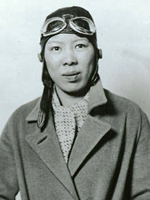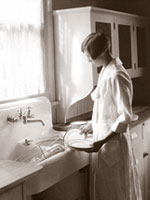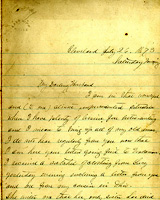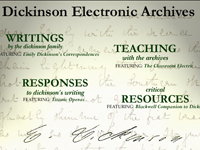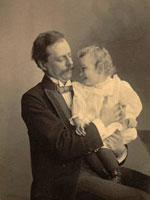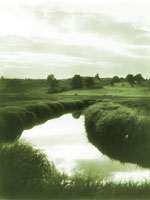Born in the USA
According to BackStory:
"To mark the rebirth of BackStory as a weekly program, the History Guys set out to explore the earliest stages of life in America. They begin with a few of the basic assumptions we have about birth in America today, and spend the hour exploring how those assumptions came into being. How is it that hospital doctors moved in on what had been midwife’s exclusive territory? Why did Puritans think their newborns were damned from the outset? When did courts start ruling that fetuses had legal rights? Why have generations of Americans resisted the notion of birthright citizenship?"
